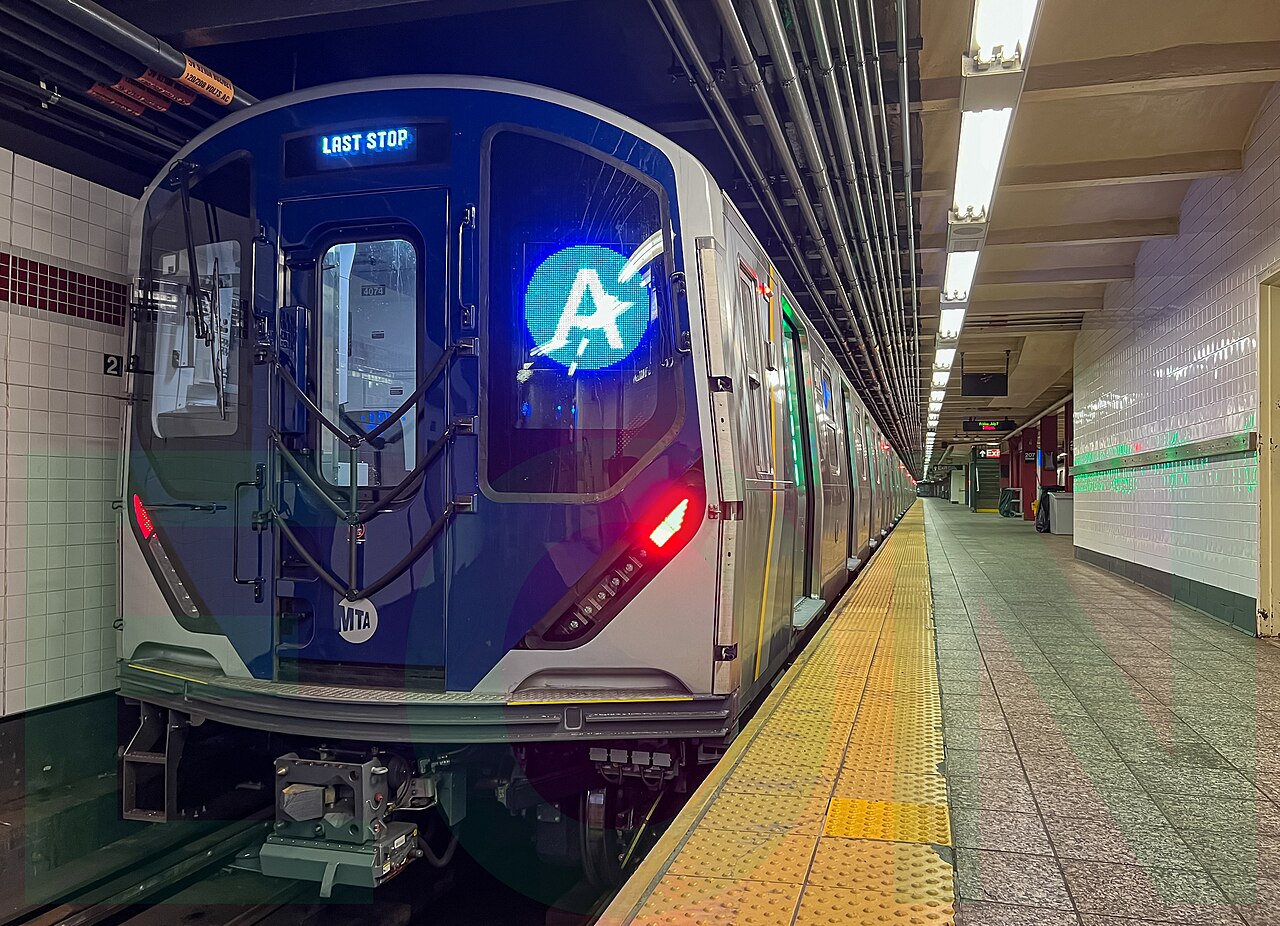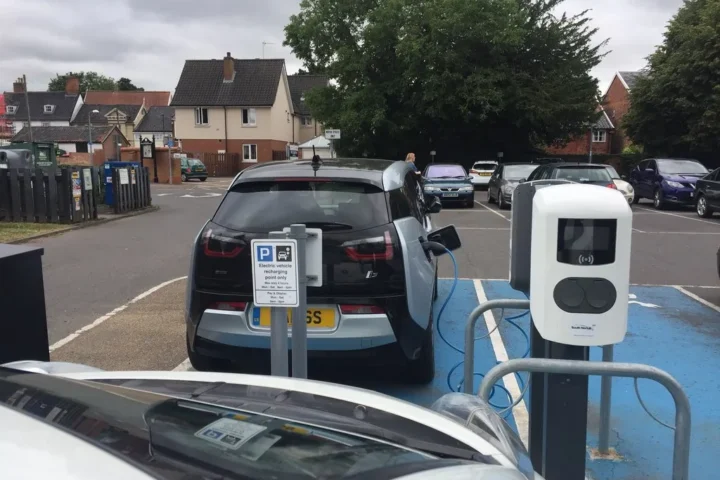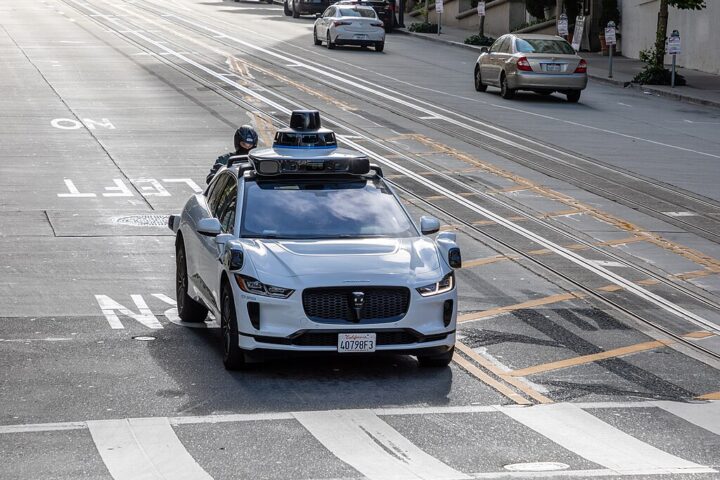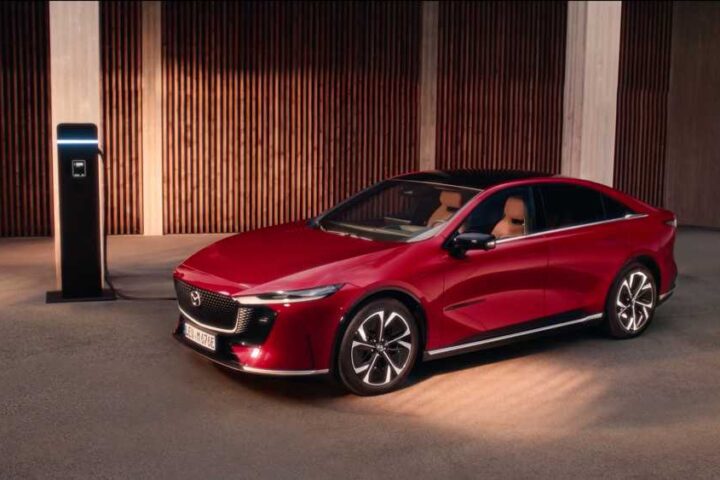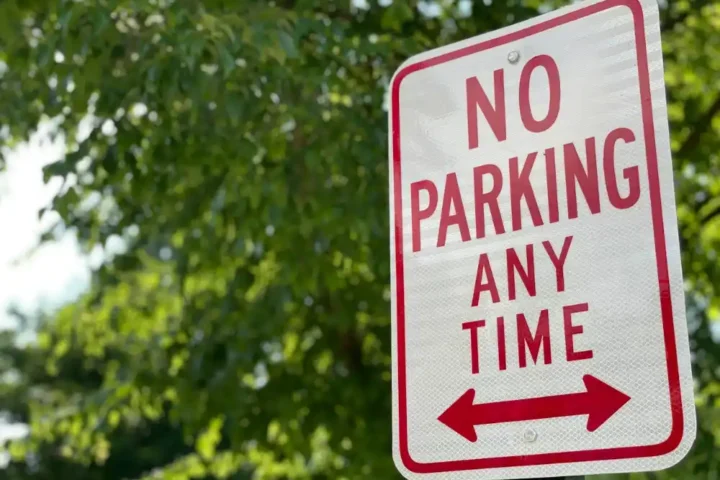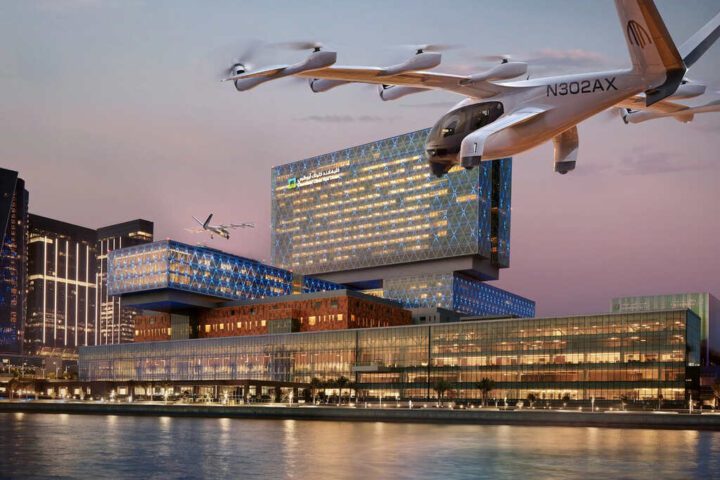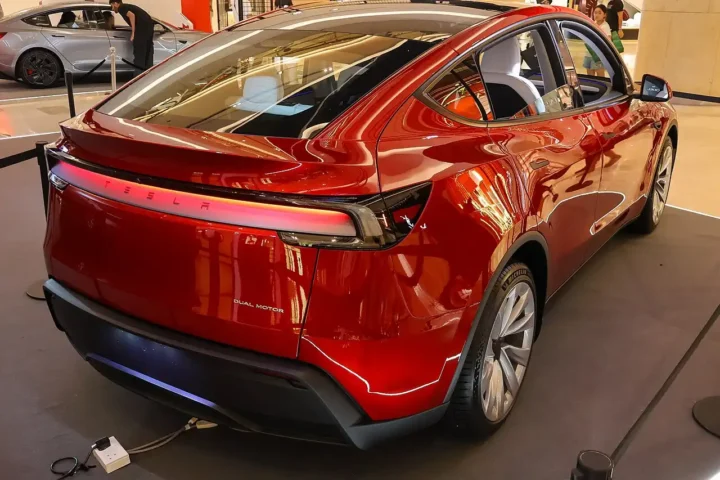On Wednesday, September 18th, the Metropolitan Transportation Authority (MTA) proposed its Capital Plan for 2025-2029, promising a $68.4 billion investment in New York’s subways, buses, railroads, bridges, and tunnels. After a long decade of underinvestment, this is one of the biggest influxes of investments made by MTA, and over 90% of it will fund rebuilding and upgradation of the transit infrastructure, keeping accessibility, sustainability, and modernisation at the forefront. Major investments include:
- $10.9 billion for the purchase of over 2,000 new subway cars and commuter rail coaches.
- $9 billion for repairs to ageing tunnels, bridges, and elevated structures
- $7.8 billion for critical station repairs and improvements
- $5.4 billion to modernise antiquated signal systems on key subway lines
- $4 billion to overhaul deteriorating power infrastructure
“This capital plan was developed by the most comprehensive analysis the MTA has ever undertaken to truly understand the needs of the system, the challenges, and the opportunities,” said MTA Chair and CEO Janno Lieber. He emphasised that these investments are crucial for the future of the region’s economy, environment, and social equity.
To promote accessibility, over $7 billion will be allocated for elevators and ramps at 60 more subway stations, bringing the percentage of accessible stations to over 50%. This will help in achieving maximum possible accessibility by 2055.
Additionally, $1.1 billion is proposed for the installation of modern fare gates at 150 stations, improving accessibility while reducing fare evasion. These new gates will feature wider doors and sensor technology, making them easier to navigate for all customers, including those with mobility challenges.
Recognising the growing threats posed by climate change, the MTA is prioritising investments to promote sustainability and resiliency, for which 500 more zero-emission buses will be purchased and necessary charging infrastructure will be installed under the new plan.
Similar Posts
Substantial funding will also go into fortification of the systems against flooding, sea-level rise, and extreme weather events. Key projects include flood-proofing street-level station entrances, sealing tunnel leaks, and upgrading pumping capacities.
Despite the transformative potential of the proposed investments, the MTA faces a daunting funding challenge. With over $33 billion of the plan currently unfunded. However, the agency sorts help from partners in government to close this gap.
The situation is further complicated by the $16.5 billion void left in the previous capital plan when Governor Kathy Hochul paused the congestion pricing this June. Lieber emphasised that the MTA is relying on elected officials to fulfil their commitments to the transit system and its millions of daily riders.
Many New Yorkers believe the MTA’s ambitious plans will be met with a healthy dose of scepticism given the agency’s track record of delays and cost overruns on major projects. Winning back public trust will not only require securing the necessary funds, but MTA needs to demonstrate its ability to deliver on its promises.
“The new MTA’s approach to capital construction is allowing us to deliver projects better, faster, and cheaper,” says MTA Construction & Development President Jamie Torres-Springer. “From planning to development to construction, we will keep innovating and driving costs down as we implement the vital investments outlined in this capital plan.”
Striking this balance between visible improvements and behind-the-scenes necessities is key to building credibility. While shiny new trains and modern fare gates may generate excitement, the long-term health of the system depends just as much on unglamorous work to repair ageing infrastructure.
As the MTA seeks to turn the page on a turbulent period marked by a crippling pandemic, financial strain, and sinking ridership, this capital plan provides an opportunity to chart a new course. The decisions made in Albany in the coming months will shape the trajectory of New York’s transportation network for a generation. For the sake of the region’s vitality and resilience, failure cannot be an option.
